
EGYPTAIR Training Academy announces the presence of Prof. Dr. Ahmed F. El-Sayed to conduct a lecture on Bird strike: Statistics, Analysis and Management, on the 24th of July 2018 - from 11 AM to 12:30 PM in the main conference hall.
تتشرف أكاديمية مصر للطيران للتدريب بدعوة سيادتكم لحضور الندوة العلمية بعنوان "المخاطر الناتجة عن تصادم الطيور مع الطائرات" و التي يحاضر فيها العالم الجليل السيد الدكتور/ أحمد فايز السيد أستاذ زائر بالولايات المتحدة الأمريكية و اليابان و أستاذ هندسة القوى الميكانيكية - كلية الهندسة - جامعة الزقازيق، وذلك بقاعة كابتن/ المعتصم بالله بمقر الأكاديمية يوم الثلاثاء 24 يوليو 2018 من الساعة 11 صباحا إلى 12:30 ظهراً.
الندوة تشمل التعريف بمخاطر اصطدام الطيور بالطائرات من خلال تحليل لحوادث الطائرات و إحصائيات منظمة الطيران العالمية. و سوف يستعرض الدكتور أحمد فايز في هذه الندوة أشهر الحوادث الناجمة عن اصطدام الطيور بأجسام الطائرات و كذلك التحليل الخاص بتلك الحالات. تشمل المحاضرة أيضا أحدث وسائل تفادي تلك الحوادث من خلال نماذج المحاكاة و وسائل التعرف على الطيور من خلال الحمض النووي. .

Throughout history, humans have been intrigued and inspired by the beauty of birds and their ability to fly. Birds first took to the air about 150 million years ago. Humans first began to share their airspace nearly 100 years ago (1903). Unfortunately, when aircraft and birds attempt to use the same airspace at the same time, collisions occur.
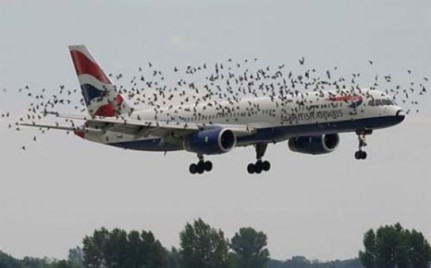
Bird Strike is defined as a collision between an airborne animal (usually a bird or bat) and a man-made vehicle, especially aircraft in flight, takeoff or landing roll. Bird strike resembles a sector of wildlife hazard which includes animals like deers, coyotes, dogs, snakes, cats, etc., in addition to birds. Moreover, wildlife hazard is an element of the larger matrix of the Foreign Object Damage (FOD), which includes in addition solid stones, sand, rains, hail, mechanic tools, grass, food remains, etc...
The first bird strike incident was encountered by one of the Wright brothers on September 7th, 1905. In 2012, the number of bird strikes with U.S. civilian aircrafts was 10,343, which increases year after year. Major accidents in the last 60 years will be reviewed. Since 1988 more than 219 people have been killed worldwide as a result of bird strikes.
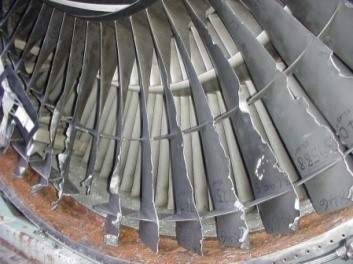
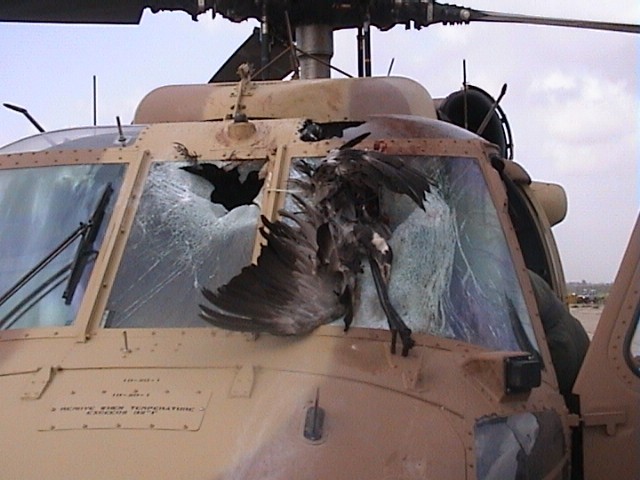
Bird strike costs annually up to $1.3 billion to commercial aircraft worldwide. According to the ICAO, 90% of bird strikes happen during takeoff or landing, or during low altitude flight. Less than 8% of strikes occur above 900 m (3,000 ft).
Statistics for day and night bird strike accidents is reviewed. The cases of bird strike with both civil and military fixed and rotary wing (helicopter) aircrafts are described. In all cases, locations of aircraft impacts and damage due to bird strike are identified. Accident statistics by critical phases of flight are given.
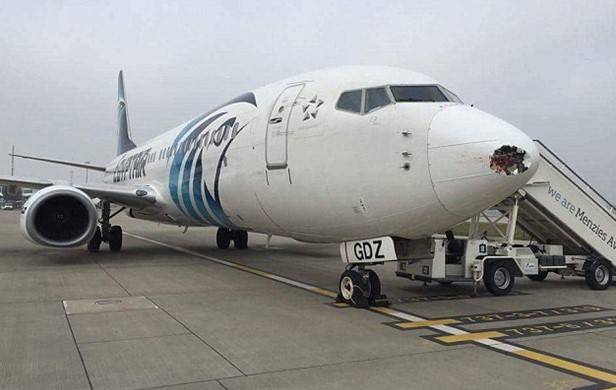
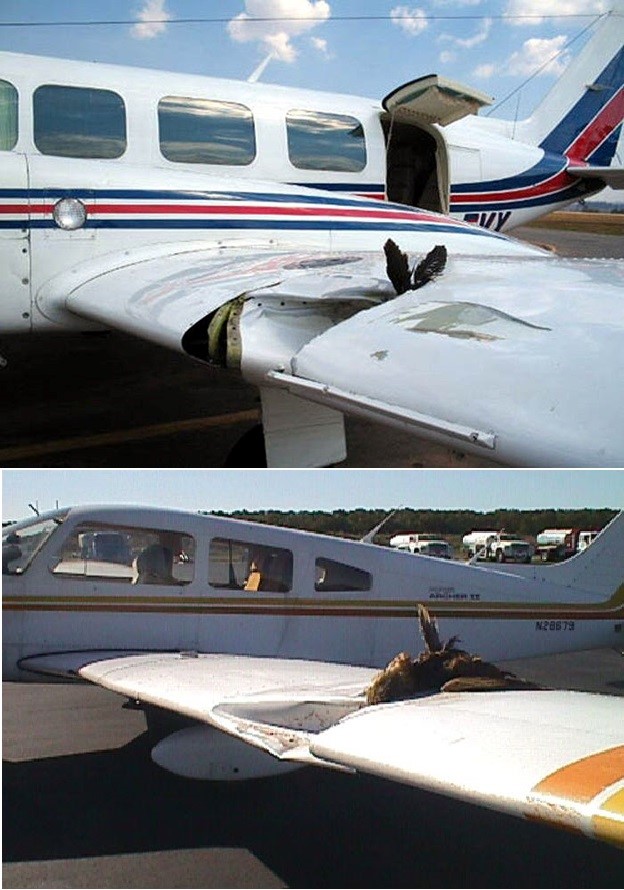
Moreover, Accidents statistics per year, parts damaged of aircrafts, bird type for both civil and military aircrafts are presented. Different approaches to reduce bird strikes are described in detail.
Bird migration is a critical issue for aircrafts flight paths. Migration is categorized based on flight distance and seasons.
Numerical (CFD) simulation of bird strike with airframe (fuselage, wings and tails) as well as engines are reviewed and discussed in detail. Experimental testing for collisions of birds with both airframe and engines also described. Birds identification using DNA and other methods are highlighted.